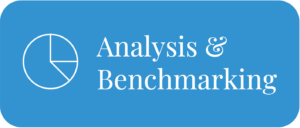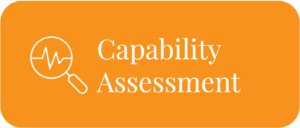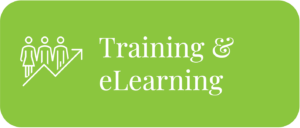The term learning curve describes the practical reality that, when labour intensive tasks are repeated, the initial difficulties encountered the first time are progressively solved, and subsequent iterations take less labour and hence cost less. In the absence of hard data, most practitioners start with a 15% learning curve assumption, though the actual value will vary from activity to activity. As an example, if a frame maker made a picture frame and it took 10 hours of labour at $50 per hour, the labour cost would be $500. If the same person was asked to make a second identical frame, we could assume that they would be faster second time around and the second frame would take eight and a half hours labour, costing $425 in labour. As the quantity of items produced doubles, labour costs are assumed to decrease at a predictable rate, in this case 15%.
« Back to Glossary IndexLearning Curve
Discover the world’s largest Glossary of Procurement terms
With over 800 Procurement specific terms (and growing) you will find everything you need to know or thought you knew about the Procurement function. Our aim is to provide you with a comprehensive list collated from the Comprara Groups hub of training and procurement consulting source materials.The Procurement Glossary has been compiled by industry expert Paul Rogers.









